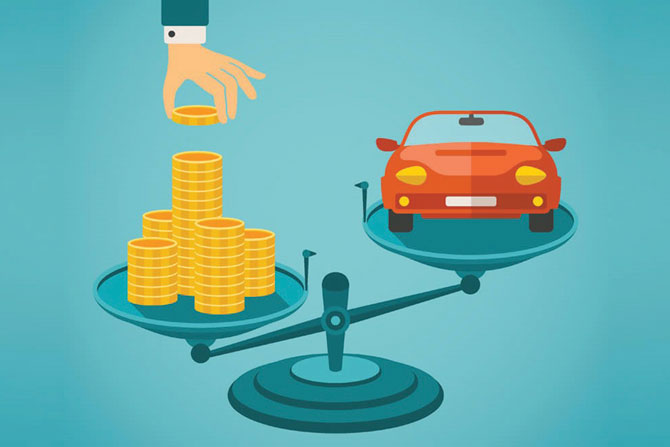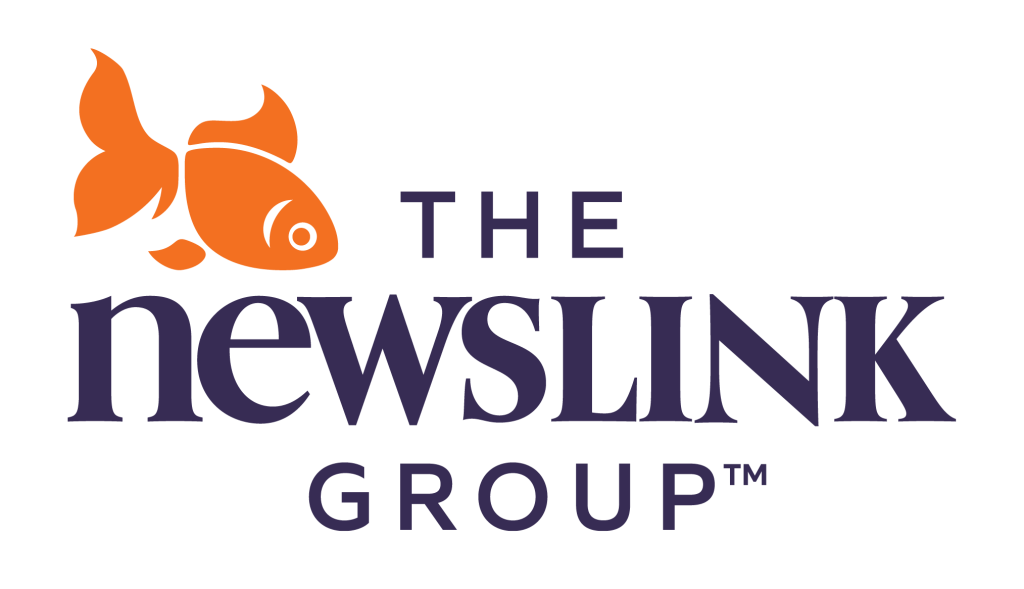In March 2021, Kelley Blue Book’s valuation analysts reported an estimated U.S. average transaction price for light vehicles of $40,472. To put this number in context, the estimated average was $38,812 in March 2020. The percentage change between March 2020 and March 2021 was a 4.28% increase.
Are prices likely to drop going forward? No, but the story is more complicated than it might seem. To start:
- The pandemic affected the market. Manufacturing stopped for a while, people lost jobs and buying habits paused. That combination also caused the new-vehicle average to increase.
- Electric and hybrid vehicles cost more than gas-powered vehicles, and they require less maintenance overall. As market share shifts, that difference in sticker price creates a powerful incentive for dealers to compensate for the drop in service shop profits by charging more money for cars upfront.
- Supply chains are still brittle, especially overseas. That affects computer chips and other components used to build cars. If manufacturers can’t get the parts they need to build cars, they have to wait. The wait increases demand.
- Many people prefer trucks and four-wheel drive, but those vehicles have higher prices. That affects the average somewhat.
- Manufacturers are offering more high-end trims and luxury features than ever before. That, plus improved safety, is worth a higher price tag.
- There are more cars priced at $200,000 than there are cars priced at $20,000. A record number of high-priced cars pull the average up sharply.
- Many new vehicles cost $20,000 or less. For example, the MarketWatch website says the least expensive new car is currently a 2021 Chevrolet Spark. The website cites a sticker price of $13,400 plus a destination charge. Other sources list different prices; according to Car and Driver, the price is somewhere between a low of $14,595 and a high of $17,995. These are not bad prices for a subcompact with 30 mpg in the city and 38 mpg on the highway, although Car and Driver also says the manual transmission version is cheaper and better than the version with continuously variable automatic transmission.
- For people looking to buy at the lower end of the market, there are other good choices to consider. If you consider inflation, for example, the cost of some popular cars has actually decreased over time. Jake Fisher, senior director of the auto test program for Consumer Reports, says the Toyota Corolla and Subaru Forester are in this category. They are better cars now than they were in 2001. Why are they better? The new models are bigger, cleaner, more fuel-efficient and safer. However, they are also less expensive.
What all this adds up to is a divided market targeting two separate groups of auto consumers. During 2020, for example, sales grew for cars that are priced at $70,000 and up. Sales fell for cars priced at $40,000 and less.
- According to Edmunds analysts, people who have the money, thanks to owning bull-market stocks and their houses, have taken advantage of pandemic-inspired low interest rates and their strong credit scores to buy new SUVs and trucks or other expensive items.
- At the other end of the market are those who already had lower credit scores. They have been negatively impacted by the pandemic, and they have either chosen to make do with what they have or have purchased used vehicles, which increases the cost of buying used.
Another factor is the increase in telecommuting. Many people started working from home during the pandemic; they may or may not ever go back to working full-time in an office. But those who are least likely to be able to telecommute are front-line workers in low-paying jobs.
How expensive are car loans now? Your credit score makes a big difference. Experian, one of the major financial data companies, said the 2020 average interest rate on car loans for people with scores in the 781-850 range was 3.24%. For those in the 501-600 range, the rate was 11.33%.
As prices have increased, lenders have kept purchases within reach by extending the average loan length. Loans that last 72 months and 84 months are increasingly popular, to the point that Experian currently lists the average loan length at almost 72 months. Unless a loan has 0% interest, the increased loan length means customers with long loans pay significantly more money in interest than customers with 36-month or 48-month loans.
The pandemic did offer many 0% financing deals. Have those gone away? They hadn’t as of April, according to U.S. News & World Report. The website listed 12 different 0% APR vehicle purchase deals on its website April 7, 2021.
Consumer Reports used its March 2021 issue to analyze the prices for 1,900 test cars it bought over a 40-year period. It adjusted the prices and looked at the changes that had taken place. Some conclusions:
- Many older cars would cost the same or more now.
- The Toyota Camry effectively costs thousands of dollars less than it used to. Consumer Reports has listed it as a Top Pick. Experts at the magazine like the entertainment features (Android Auto and Apple CarPlay), fuel economy, interior, owner satisfaction, predicted reliability, price, road performance and safety.
Manufacturers and dealers have responded to conflicting market forces by changing vehicle prices. Some cars sell for more than their sticker price, and some sell for less. The used car market looks like it will continue to have higher prices, but trade-in prices are higher, too.
Many people cannot afford to spend 40 grand on a car. Fortunately, it’s still possible for them to find excellent options that cost much less than that.








